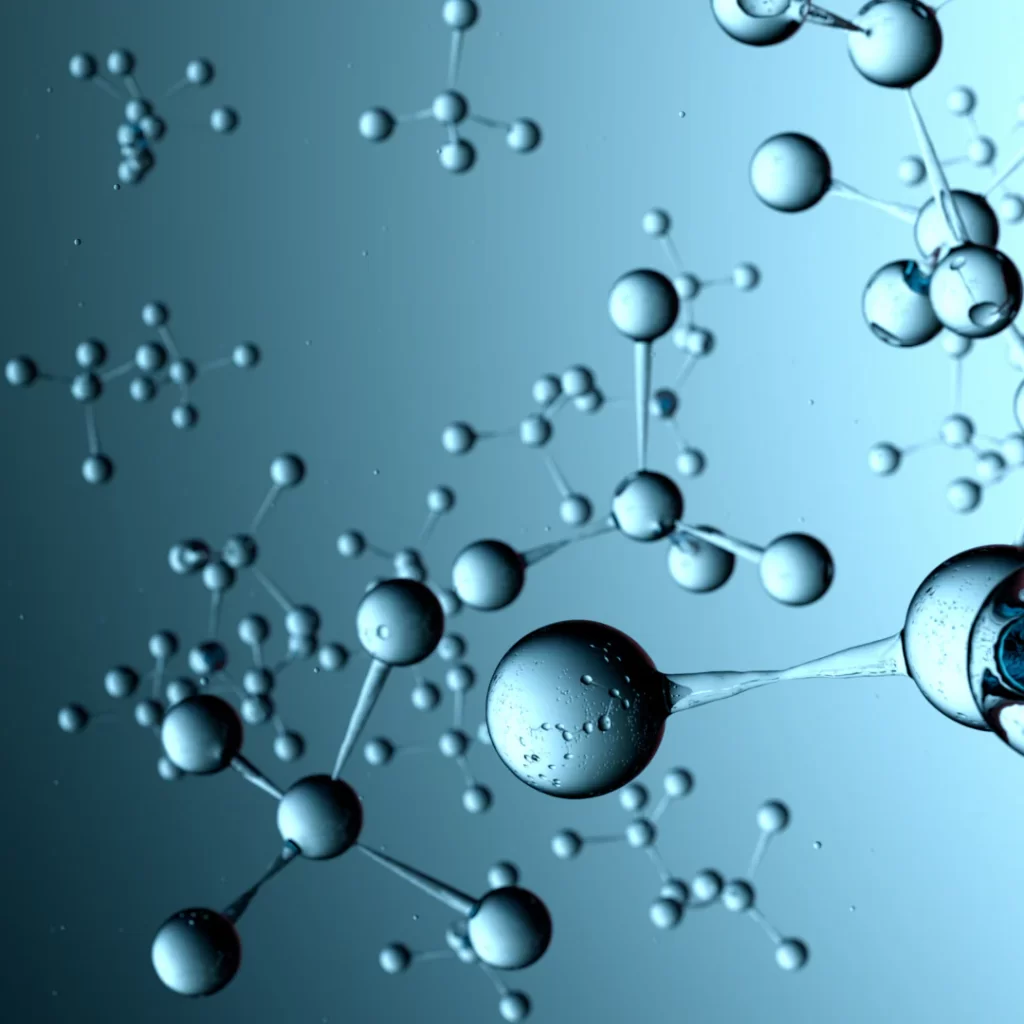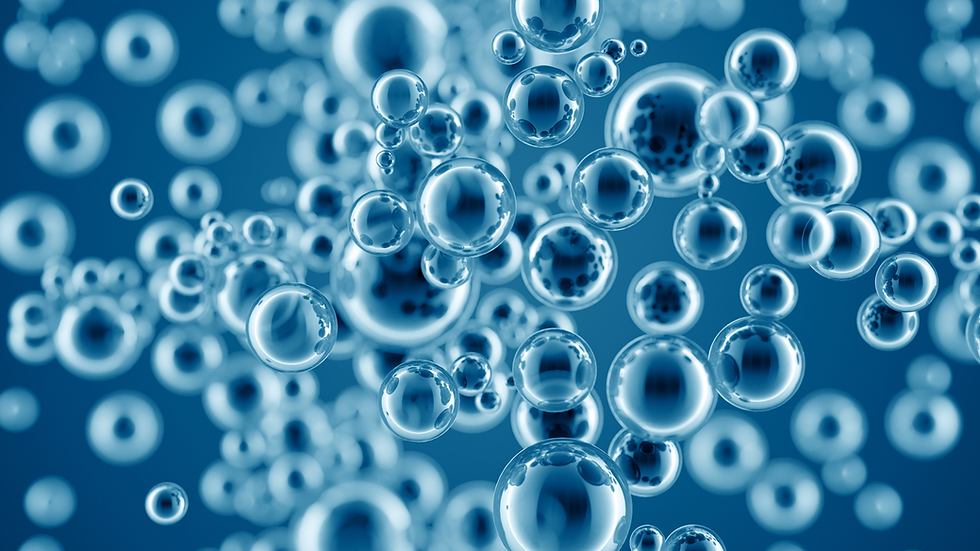Nano-emulsification stands at the forefront of a groundbreaking revolution in drug delivery, promising to transform how medications are administered and absorbed in the human body. This technology harnesses the power of nanotechnology to create emulsions with droplet sizes measured in nanometers, significantly enhancing the solubility, stability, and bioavailability of drugs. As we delve deeper into the complexities and potentials of nano-emulsification, it becomes evident that this innovation holds immense promise across various medical fields.
Enhanced Bioavailability and Efficacy
One of the most significant advantages of nano-emulsification lies in its ability to enhance the bioavailability of drugs. By reducing particle size to nanoscale dimensions, drugs can bypass barriers in the body more effectively, leading to increased absorption rates and therapeutic efficacy. This is particularly crucial for drugs with poor solubility, as nano-emulsification improves their dispersibility in aqueous solutions, thereby optimizing their delivery and therapeutic outcomes.
Precision Medicine and Targeted Delivery
Nano-emulsification enables precise targeting of drugs to specific tissues or cells within the body. Through functionalization of the emulsion surface, drug-loaded nanoparticles can be directed to accumulate selectively at disease sites, minimizing systemic side effects and maximizing therapeutic effects. This targeted approach holds immense promise for the treatment of cancers, neurological disorders, and other diseases where localized drug delivery is paramount for successful outcomes.
Overcoming Biological Barriers
The human body presents numerous biological barriers that traditional drug formulations struggle to overcome. Nano-emulsification addresses these challenges by encapsulating drugs within nanoscale droplets that can traverse physiological barriers more effectively. For instance, nanoparticles can cross the blood-brain barrier to deliver drugs to the central nervous system, offering new avenues for treating neurological diseases that were previously difficult to manage with conventional therapies.
Improved Stability and Shelf Life
Another compelling advantage of nano-emulsification is its ability to improve the stability and shelf life of drugs. By encapsulating drugs within stable emulsions, nano-emulsification protects them from degradation and enhances their storage stability. This is particularly beneficial for biopharmaceuticals and sensitive drugs that are prone to degradation under normal storage conditions, thereby extending their usability and reducing healthcare costs associated with drug wastage.
Applications Across Medical Specialties
Nano-emulsification is poised to revolutionize various medical specialties, ranging from oncology to dermatology and beyond. In oncology, for example, nano-emulsification enables the targeted delivery of chemotherapeutic agents directly to tumor cells, minimizing damage to healthy tissues and improving patient outcomes. Similarly, in dermatology, nano-emulsification facilitates the penetration of drugs through the skin barrier, enhancing the efficacy of topical treatments for conditions such as psoriasis and eczema.

Challenges and Considerations
Despite its transformative potential, nano-emulsification faces several challenges that must be addressed for widespread clinical adoption. These include scalability issues in manufacturing, regulatory considerations regarding safety and efficacy, and concerns over long-term biocompatibility. Researchers and pharmaceutical companies are actively working to overcome these hurdles through advancements in nanotechnology, formulation science, and rigorous clinical testing.
Future Perspectives and Innovations
Looking ahead, the future of drug delivery appears increasingly intertwined with nano-emulsification and related nanotechnologies. Continued research and development efforts are expected to yield novel formulations with enhanced therapeutic profiles, paving the way for personalized medicine approaches tailored to individual patient needs. Advances in biocompatible materials and targeted delivery systems hold promise for expanding the application of nano-emulsification across diverse therapeutic areas, ultimately improving patient outcomes and quality of life.
Final Thoughts:
In conclusion, nano-emulsification represents a transformative leap forward in drug delivery, offering enhanced bioavailability, targeted delivery, and improved stability for a wide range of pharmaceuticals. As researchers and clinicians continue to explore its applications across medical specialties, nano-emulsification holds the potential to revolutionize the treatment landscape, ushering in a new era of precision medicine and personalized therapeutics. By harnessing the power of nanotechnology, we are poised to overcome longstanding challenges in drug delivery and shape the future of healthcare in profound and innovative ways.
Discover the future of drug delivery with NanoHempTechLabs’ revolutionary nano-emulsification technology. Enhance drug bioavailability, target specific tissues, and improve stability with our cutting-edge formulations. Transform your pharmaceutical products into advanced solutions that surpass traditional delivery methods. Schedule a call today to explore how NanoHempTechLabs can elevate your product offerings and redefine patient care. Harness the power of nanotechnology for precision medicine and maximize therapeutic outcomes. Join us in shaping the future of healthcare with innovative solutions that set new standards in drug delivery efficiency and efficacy. Contact us now to schedule your consultation and discover the potential of nano-emulsification.
Reference:
- Bjerk, T., Severino, P., Jain, S., Marques, C., Silva, A., Pashirova, T., … & Souto, E. (2021). Biosurfactants: properties and applications in drug delivery, biotechnology and ecotoxicology. Bioengineering, 8(8), 115. https://doi.org/10.3390/bioengineering8080115
- Buya, A., Beloqui, A., Memvanga, P., & Préat, V. (2020). Self-nano-emulsifying drug-delivery systems: from the development to the current applications and challenges in oral drug delivery. Pharmaceutics, 12(12), 1194. https://doi.org/10.3390/pharmaceutics12121194
- Chakraborty, S., Liao, I., Adler, A., & Leong, K. (2009). Electrohydrodynamics: a facile technique to fabricate drug delivery systems. Advanced Drug Delivery Reviews, 61(12), 1043-1054. https://doi.org/10.1016/j.addr.2009.07.013
- Gupta, S., Kesarla, R., & Omri, A. (2013). Formulation strategies to improve the bioavailability of poorly absorbed drugs with special emphasis on self-emulsifying systems. Isrn Pharmaceutics, 2013, 1-16. https://doi.org/10.1155/2013/848043
- Jong, d. (2008). Drug delivery and nanoparticles: applications and hazards. International Journal of Nanomedicine, 133. https://doi.org/10.2147/ijn.s596
- Piacentini, E., Dragosavac, M., & Giorno, L. (2017). Pharmaceutical particles design by membrane emulsification: preparation methods and applications in drug delivery. Current Pharmaceutical Design, 23(2), 302-318. https://doi.org/10.2174/1381612823666161117160940
- Rani, S., Rana, R., Saraogi, G., Kumar, V., & Gupta, U. (2019). Self-emulsifying oral lipid drug delivery systems: advances and challenges. Aaps Pharmscitech, 20(3). https://doi.org/10.1208/s12249-019-1335-x





